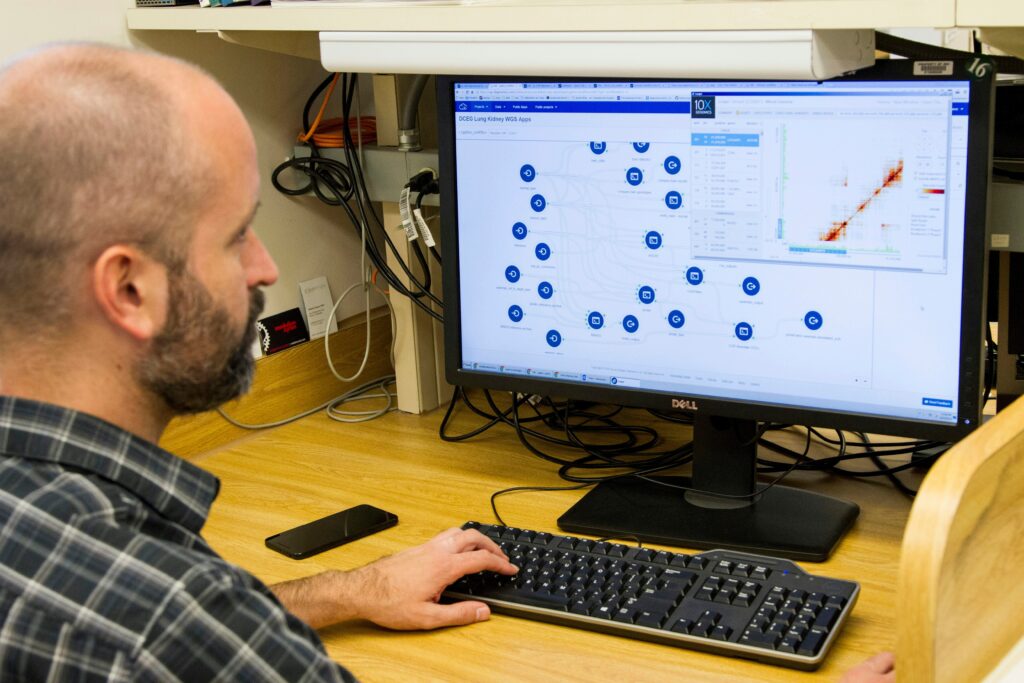
The fossils, discovered in 2015, have finally been unveiled after nearly a decade of meticulous excavation and analysis. These groundbreaking findings, published by Scandinavian paleontologists from the University of Oslo and the Swedish Museum of Natural History, reveal a vibrant ancient oceanic ecosystem in the Arctic’s Svalbard archipelago.
Spitsbergen, part of the Svalbard archipelago, is renowned for its rich marine fossil deposits dating back to the dawn of the Age of Dinosaurs. Preserved in layers of rock that were once seabed mud, these fossils offer a glimpse into a world that bordered the Panthalassa Super-ocean. Among the most striking finds are bizarre marine reptiles and amphibians, showcasing the earliest adaptations of terrestrial animals to marine life.
Revisiting Evolutionary Timelines
Textbooks have long suggested that this evolutionary leap occurred after the end-Permian mass extinction, approximately 252 million years ago. This catastrophic event, known as the ‘great dying,’ eradicated over 90% of marine species due to hyper-greenhouse conditions, oceanic deoxygenation, and acidification from massive volcanic eruptions during the breakup of the Pangaean supercontinent.
The timing of marine ecosystem recovery post-extinction is a hotly debated topic in paleontology. Traditionally, it was believed to be a gradual process spanning eight million years, marked by a stepwise evolutionary progression of amphibians and reptiles into marine environments. However, the discovery of the Spitsbergen fossil deposit challenges this narrative.
Unprecedented Fossil Density
The Spitsbergen fossil site is remarkable for its density, forming a conspicuous bonebed along the mountainside. This accumulation occurred over a brief geological period, offering unparalleled insights into marine communities a few million years after the end-Permian extinction. Stratigraphic dating places the bonebed at around 249 million years old. Meticulous collection from 1 m² grids across 36 m² yielded over 800 kg of fossils, including fish scales, shark teeth, marine reptile bones, and even coprolites (fossilized feces).
The findings reveal a rapid recovery of marine ecosystems, with complex food chains and numerous predatory marine reptiles and amphibians established just three million years post-extinction. The diversity of fully aquatic reptiles is particularly striking, featuring archosauromorphs (distant relatives of modern crocodiles) and various ichthyosaurs (‘fish-lizards’) ranging from small squid-hunters to gigantic apex predators over 5 meters long.
Global Implications and Future Research
A computer-based global comparative analysis highlights the Spitsbergen fossil bonebed as one of the most species-rich marine vertebrate assemblages from the early Age of Dinosaurs. It suggests that the origins of sea-going reptiles and amphibians may predate the end-Permian extinction, indicating an ‘ecosystem reset’ that opened new feeding niches and laid the groundwork for modern marine communities.
The paper is published as a cover feature in the prestigious international journal Science. Ancient marine reptile fossils from Svalbard are on public display at the University of Oslo Natural History Museum and Swedish Museum of Natural History.
This discovery not only reshapes our understanding of post-extinction recovery but also raises questions about the resilience and adaptability of life in the face of catastrophic events. As scientists continue to study these fossils, they hope to uncover more about the evolutionary pathways that led to the diverse marine life we see today.







